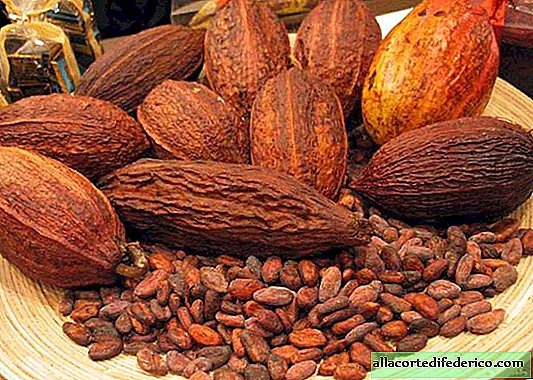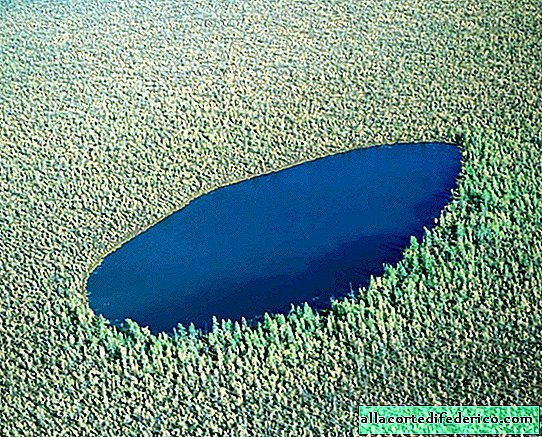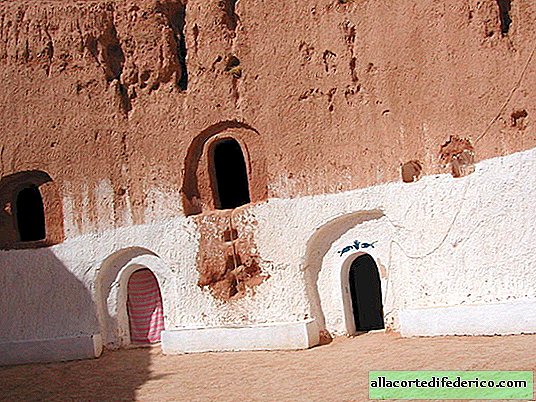Chocolate lovers will have a hard time: cocoa trees die from disease and drought
It is sad to realize, but the global production of chocolate is on the verge of a deep crisis. It's all about cocoa trees, whose yield is declining in most countries producing raw materials. Tree plantations suffer from droughts and fungal diseases, and farmers around the world are switching to more profitable crops, preferring not to mess with moody cocoa beans.

Cocoa or chocolate tree plantations are located in the equatorial latitudes of our planet, between 20 degrees south and north latitude. This is a very demanding crop. Cocoa trees (Theobroma cacao), which need constant heat and high humidity, cannot tolerate direct sunlight. Because of this, they have to organize shading for planting other taller trees on the plantations. Banana, coconut or rubber palm trees, as well as mangoes and avocados, most often act as protection against scorching sunlight for cocoa. Under favorable conditions, a cocoa tree can bloom and produce crops throughout the year. But the main harvest of fruits occurs twice a year.
 Flowering cocoa tree
Flowering cocoa treeFrom the moment of flowering to the ripening of fruits that grow directly on the tree trunk, it takes about 4 months. Each cocoa fruit contains from 40 to 60 seeds, the very cocoa beans that, after drying and processing, are used to make chocolate. The cocoa tree begins to bear fruit at the age of 5-6 years and reaches its maximum productivity by 12-15 years of age. A chocolate tree lives (depending on conditions) from 30 to 80 years.

Although the birthplace of cocoa trees is Central America, today more than 60% of the world production of cocoa beans is provided by the countries of the African continent: Côte d'Ivoire, Ghana, Nigeria and Cameroon. About 20% of the world cocoa bean crop is in Indonesia, while the rest are divided between the countries of America and Southeast Asia.

Cocoa trees are considered a rather moody crop. Not only do they grow only in the equatorial climate, but also the crop is highly dependent on the slightest deviations of weather conditions from normal. It is with the change in climatic parameters that the researchers associate a decrease in the yield of cocoa beans and premature aging of trees. Frequent droughts on the African continent, as well as abnormal rain showers periodically flooding Indonesia, lead to reduced productivity and death of cocoa plantations. Trees weakened by weather anomalies are susceptible to fungal diseases, which further exacerbates the situation. According to experts, droughts in Africa can lead to the disappearance of cocoa plantations by 2050.

Many farmers prefer to replace cocoa with other trees that provide a more stable income and less demanding maintenance. In addition, the situation on the world market of cocoa beans is such that the purchase prices for this product are very low. The main processing is carried out in Europe and North America, and large companies are in no hurry to share profits with the people of Africa, dictating their conditions and lowering purchase prices from year to year. And the difficult situation in Côte d'Ivoire, where there has been a civil war for more than 10 years, also does not contribute to stability in the cocoa market.

Against the backdrop of the active development of the global confectionery industry, the demand for cocoa beans continues to grow. The prices of raw cocoa beans, as well as oil, are determined on commodity exchanges. So, for example, on the London and New York stock exchanges in the fall of 2016, after a record cocoa crop failure, commodity prices rose sharply. But already in the spring of 2017, they again fell to record low indicators as a result of the emergence of information about good prospects for crops in African countries.

Increasing cocoa bean failures, according to most experts, will soon affect the reduction in global chocolate production and lead to a significant increase in prices for confectionery products. In this regard, genetics and breeders are working on the creation of cocoa varieties that would be resistant to changes in climatic parameters.

For example, scientists from the University of California are experimenting with altering the DNA structure of cocoa trees in the hope of developing varieties that can grow and bear fruit in hotter and drier climates. The largest chocolate manufacturers are the development sponsors, as this is the most interested and financially wealthy side.

British researchers are not far behind their colleagues. Not far from London, the Cocoa Quarantine Center was created, in which more than 400 varieties are grown. Specialists are working on the creation of new species resistant to fungal diseases and a drier climate.
Well, all chocolate lovers can only hope that breeders will be able to develop new, cocoa varieties that are resistant to all adversities and that our favorite treat will not disappear from our lives.


















